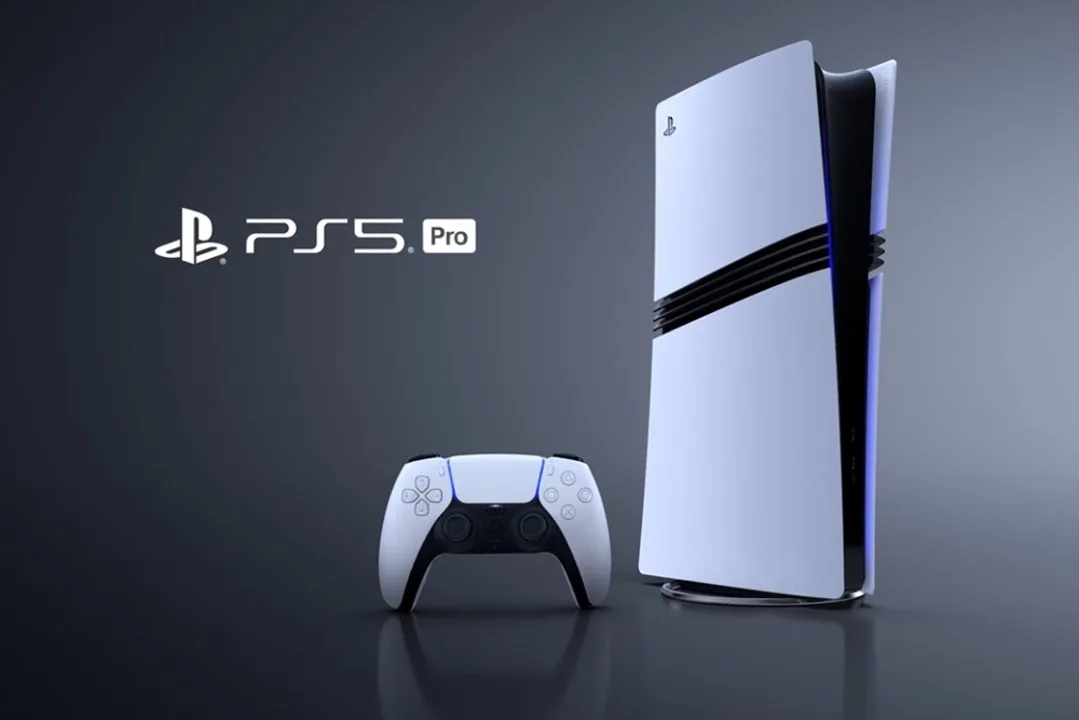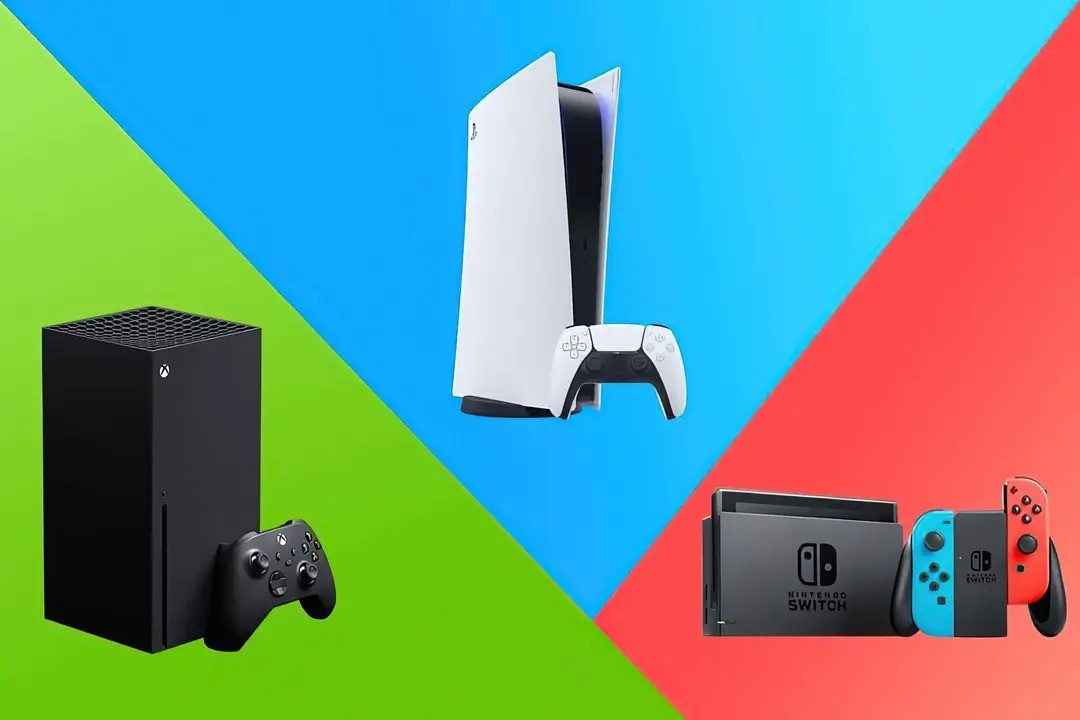
PS5 Pro will gain FSR 4 for the PlayStation Spectral Super Resolution framework
Last week, it was about the launch of the Radeon 9070 XT/ 9070 family for AMD’s effort in GPU with RDNA 4 and this week, is now about Sony helping to create FSR 4, an… PS5 Pro will gain FSR 4 for the PlayStation Spectral Super Resolution framework
